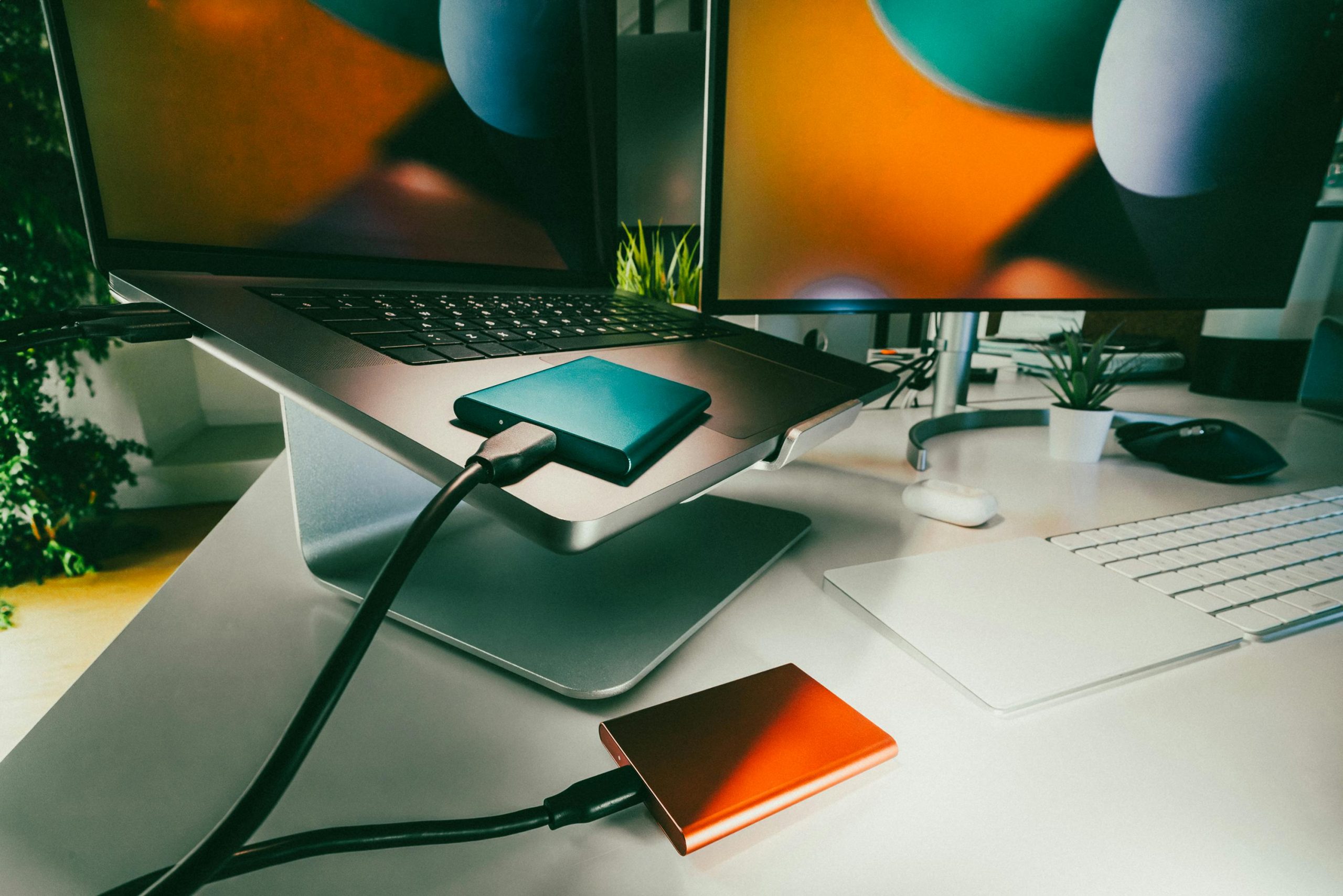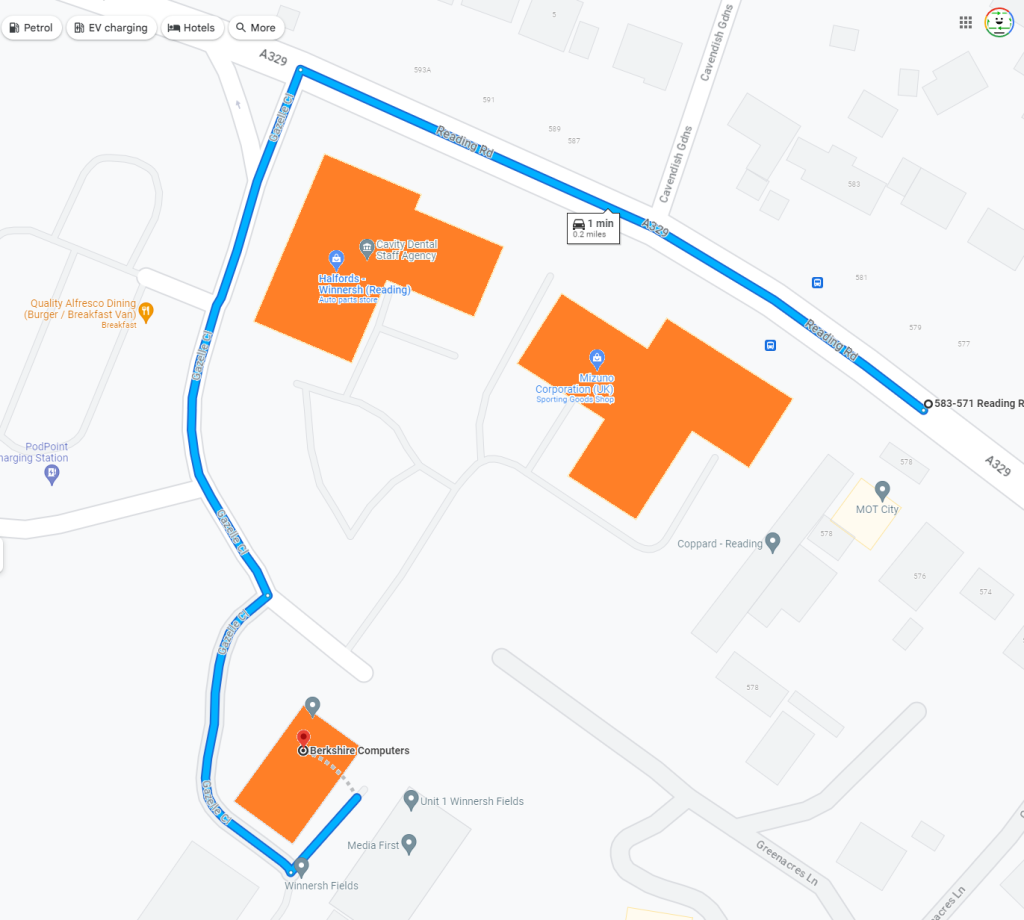Connecting SAS HDDs to Your PC: A Simple Guide
If you’ve recently purchased SAS (Serial Attached SCSI) hard drives and are unsure about how to connect them to your PC, you’re not alone. Many people find themselves in a similar situation, especially when transitioning from traditional SATA drives. In this post, we’ll discuss the necessary components you’ll need and how to successfully set up your SAS HDDs.
The Essentials You Need
To connect SAS HDDs to your computer, you’ll require a few key components. First, you’ll need an appropriate SAS controller card, such as the one found here. This card connects to your motherboard via a PCIe slot and facilitates communication between your PC and the SAS drives.
Additionally, you will need the correct cables to make the connection. A suitable option can be found here. These cables will link your SAS HDDs to the controller card.
The Setup Process
So, what’s the setup process? It’s fairly straightforward:
-
Install the SAS Controller Card: Begin by inserting the SAS controller card into an available PCIe slot on your motherboard.
-
Connect the SAS HDDs: Use the cables you purchased to connect your SAS hard drives to the controller card. Ensure that you firmly secure the connections for stable performance.
-
Power Connection: Lastly, another important step is to connect the power supply to the SAS drives. Depending on the specific models of your HDDs and the cables you’re using, this may involve connecting a power cable that corresponds with the interface on the HDDs.
-
Final Check: Before powering on your system, it’s a good idea to double-check all connections for both secure fitting and proper alignment.
Conclusion
If you follow these steps, you should be well on your way to successfully connecting your SAS HDDs to your PC. It’s an interesting foray into the world of enterprise-level storage solutions, and it can offer improved performance compared to standard consumer-grade drives. Should you encounter any issues during installation or configuration, be sure
Share this content:



